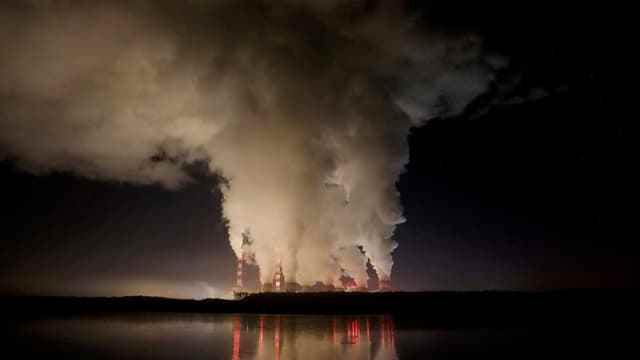contents
The road to phasing out coal is sticky. And even more is being invested in oil and gas.
Flora Champenois is a coal analyst at the Global Energy Monitor think tank in New York. It evaluates worldwide data on planned, built and decommissioned coal-fired power plants. She notes that there has definitely been progress to report over the past year.
China plans 250 new coal-fired power plants
The number of planned coal-fired power plants has decreased significantly, especially after China announced that it would no longer finance power plants abroad.
So far, no European country has shaken off its goal of phasing out coal by 2030.
The same China, however, presented more new coal projects in the country itself in the last six months than at any time since 2016. In addition to the already 1,100 coal-fired power plants on the Chinese power grid, another 250 will soon be added.
Europe seems on course
While China, which operates almost half of all coal-fired power plants in the world, has not yet kept the promise made in Glasgow, Champenois notes that the European countries are reasonably on track despite the energy crisis.
It is true that various European countries have put coal-fired power plants back into operation at short notice or extended their operation. But: “So far, no European country has shaken the goal of phasing out coal by 2030.” The bottom line is that the promise made in Glasgow has definitely had an effect.
Power plants have to be taken off the grid earlier
However, this is still insufficient. This is also confirmed by the director of the International Energy Agency, Fatih Birol, who presented a new report on coal a few days ago.
If the existing coal-fired power plants continue to operate beyond their normal lifetime of 40 to 50 years, the goal of limiting global warming to 1.5 degrees will be unattainable.
Not only must projects for new coal-fired power plants be called off, but power plants that are already in operation must also be shut down earlier than originally planned in order to achieve the targets.
This is also worthwhile financially in the long term, says IEA boss Birol. However, the international community must spend around 150 billion dollars by 2030 to make the coal phase-out social, especially in developing countries.
More invested in oil and gas again
Nikki Reisch, head of climate and energy at the Center for International Environmental Law, based in Washington DC and Geneva, also emphasizes that last year’s promise of the coal phase-out is historic.
“For the first time, the states stated in a joint declaration that the fight against climate change can only be successful if they do not use fossil fuels,” emphasizes Reisch.
But while coal has made some progress, investments in oil and gas have expanded over the past year, the environmental advocate points out.
At the most recent climate conference in Sharm el-Sheikh, climate protectionists called for a binding commitment to phasing out not only coal, but also oil and gas. But without success.
